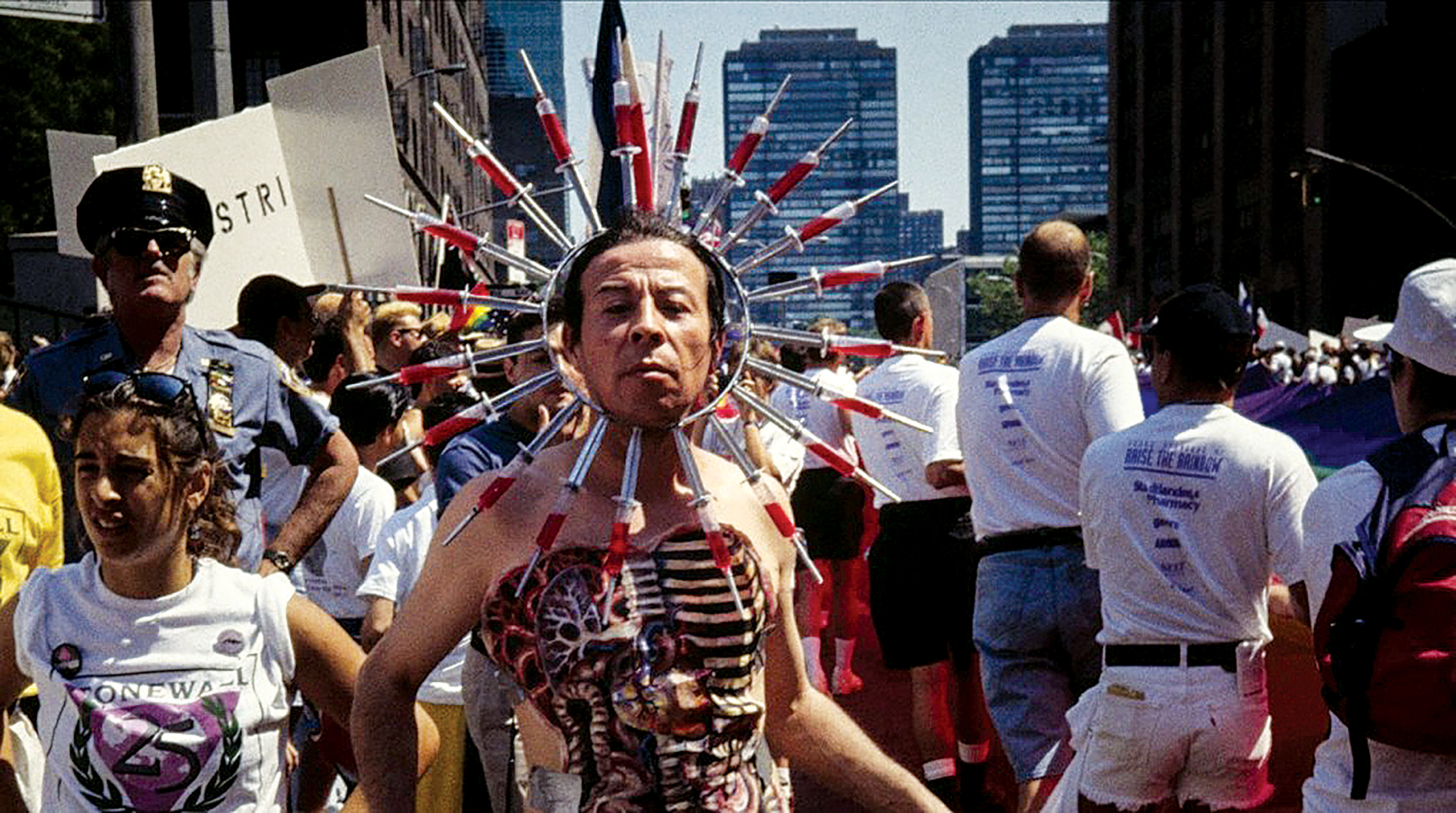Although the LGBTQIA+ community has made great strides with the archaic Section 377 being struck down, issues of class and caste are yet to be tackled
Pedro Lemebel cuts a striking figure, caked in makeup, shocking people left right and centre. The Chilean who wore many hats should not be remembered as someone who worked for the LGBTQIA+ community in the country. He was a subversive of all sorts — identifying as a ‘maricón, pobre, viejo y indio (gay, poor, old and Indian). His legacy isn’t limited to fighting fascists like Pinochet, but also he called out the culture of homophobia within the left, all the while committing himself to a larger cause of class struggle.
The more I read about Lemebel, the more he and his activism fascinates me. A cross dressing fireball of a revolutionary who invited stares of disgust from the liberals and conservatives alike. As I go through his oeuvre, I cannot help but wonder why a figure like Lemebel isn’t known in India. Sure, there are cross-dressers and drag queens and gays in India. Sure, Section 377 has been scrapped and whatever consenting adults do between the sheets is nobody’s business.
Before celebrating the judgement that did away with the archaic 377, we must ask ourselves is this victory the end of it all? Is there more that can be done? A string of queer-friendly cafes has opened up in Delhi, hopefully, more shall follow in other cities. What we must ask is: Who has access to these places? Does the pobre maricón of India get to live this lifestyle?
As 377 was struck down, queers across India erupted in joy, streets full of colour, flamboyant costumes — all celebrating love. Straight people cross dressed —challenging gender norms for a day, only to return to their usual sartorial choices hours later.
But has the attitude towards LGBTQIA+ folks changed? How often have we heard a friend or a loved one use the word ‘gay’ as a slur? What has been done to make other institutions more inclusive and queer friendly?
Not a lot. Only a handful of colleges and universities across India have a queer collective. Such progressive university spaces still have a lot of room for expansion as far as the issues of gender and sexuality are concerned. Moving on, it is only in recent times that the third gender has been recognised. Marginalised to an unimaginable extent, they still face alienation of the extreme kind.
The money-hungry and blood-thirsty corporate has been an ally in the fight against Section 377, but we must ask how does the closeted gaonwala benefit from the string of drag nights thrown at Kitty Su?
The power of pink money seems to have propelled the movement for equal rights while only the cream of the crop have pink money to begin with.
However, the pandora’s box opens when the issue of caste comes up. With prominent activists like Harish Iyer casually dismissing the casteist ‘groom wanted’ ad, the future does not hold a lot for the queer Dalit. Can we truly head towards a casteless society when leaders of seemingly progressive movements fall prey to one of the greatest evils known to the society?
Being queer and being Dalit are both enduringly painful in a world that jumps at every chance to tear people down. Dhrubojyoti writes beautifully about the pain of hiding his caste from seemingly woke queer friends.
As we move ahead, it should not be forgotten that the left has not been kind to the LGBTQIA community as well. Writing woefully beautiful accounts about toiling, albeit straight masses, keeping their sexual desires under a shroud works fine for them. Their unwillingness to engage with the issues of the LGBTQIA community is neither novel nor brave.
However, the first openly gay candidate for a student body election was fielded by the left. The lack of queer collectives in university spaces and lack of inclusive queer-friendly places in India has left the ‘deviant other’ in a perpetual search for a haven where they can be themselves. While we dance on the streets, cheer for the privileged few who have managed to come out of the closet, let us remember the boy from Chennai who committed suicide because of being taunted for his sexual identity. While we dance on the streets, celebrate love for all, let us also remember the institutional harassment faced by queer, marginalised people.
Many have hailed the current government for doing away with the archaic 377. Little do they know that India abstained from voting in favour of LBTQ rights in the UNHRC. The members of the ruling party adhering to ‘Indian’ traditions and the regular Indian ostracising the queers — I wonder if we are going in the right direction.
With the invisible hand of the market and pink money making waves, the marginalized maricón still suffers in silence. Before celebrating every tiny victory, we must ask if this is the kind of future we envisage for our progeny. A world riddled with uncelebrated differences, inequalities and uncertainties of all kinds or a world devoid of the aforementioned?
Liberation means nothing if the marginalised cannot make it out. It means nothing if only a select few get to enjoy the fruits of the struggle.
It means nothing if caste still remains a point of contestation. If caste and class issues do not make it to the mainstream movement, I wonder if we will ever get to see an Indian Pedro Lemebel — an avowed cross-dressing communist who wasn’t afraid of standing up against fascism and giving the finger to homophobes left, right and centre.





